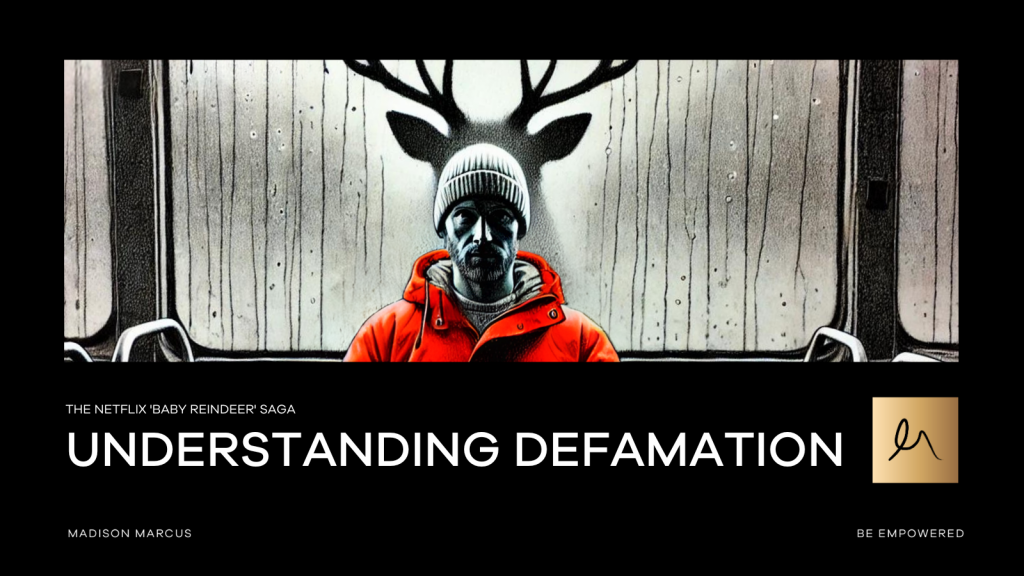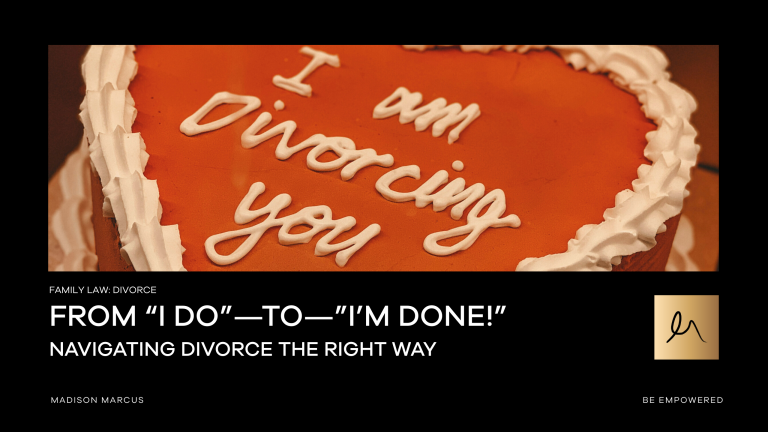The high-stakes defamation lawsuit against Netflix and its hit show “Baby Reindeer” is one of a series of defamation claims against the streaming giant, its filmmakers, and content creators. Recently, Netflix’s attempt to dismiss a lawsuit filed by Rachel DeLoache Williams, portrayed by Katie Lowes in the 2022 limited series “Inventing Anna,” was unsuccessful. A US Federal Judge ruled that Netflix could have defamed a Kentucky man, Taylor Hazlewood, whose photo was used from his personal Instagram without consent in the 2023 true crime documentary “The Hatchet Wielding Hitchhiker“—alluding to his involvement in a murder. Additionally, Netflix and filmmaker Ava DuVernay recently settled a defamation lawsuit over the 2019 drama series “When They See Us.”
Fiona Harvey, known as Martha in “Baby Reindeer” (marketed as a true story), has launched explosive allegations challenging the show’s truthfulness. Harvey has commenced legal proceedings against Netflix, seeking A$255 million in damages, including actual, compensatory profits from the show and punitive damages. This unfolding drama has opened Pandora’s box to the backlash for those who draw inspiration from real people and events. Nothing capitates an audience more than a real story, but at what cost? Often depicted as morally corrupt and motivated by unscrupulous self-interest, “real-life” antagonists, villains, and characters contribute to a distorted narrative that enhances the protagonist’s appeal for entertainment’s sake and views. Where, then, is the line between literary license and real-world defamation? This dilemma raises significant questions about defamation, the nature of damages, the extent of artistic freedom, and the potential repercussions for Netflix: What defines defamation?
Understanding Defamation
Defamation is a false statement published about another party which is harmful to that party’s reputation.
To succeed in a defamation claim, the plaintiff must generally prove that:
- Something defamatory was published;
- They were identified in the publication (if not by name, then they were at least identifiable by other means);
- The statement was published or communicated to a third party; and
- The statement caused harm to the plaintiff’s reputation.
“defamation noun
(law) A public statement about individuals, products, groups, or organisations which is untrue and may cause them harm. Termed libel if in written form and slander if spoken”.
Types of Damages in Defamation Cases
When it comes to defamation claims in Australia, a successful plaintiff will typically be awarded compensatory damages in respect of both non-economic and economic loss. In the Netflix lawsuit, Ms Harvey is seeking, amongst other things, compensatory damages and punitive damages.
Compensatory Damages
Compensatory damages, or general damages, are intended to compensate the plaintiff for non-monetary harm. As noted above, in Australia, these can be non-economic (general damages) or economic (special damages).
In Australia, there is a cap on the maximum amount of damages a Court can order for non-economic loss, however, if the Court can be satisfied that aggravated damages are warranted, the cap does not apply.
Non-economic loss could include things like:
-
- Emotional distress and mental anguish.
- Harm to reputation and social standing.
- Pain and suffering caused by the defamatory statements.
These damages are often more subjective and can be significant, especially if the defamation has had a profound impact on the plaintiff’s personal and professional life.
As part of her economic damages claim, Martha is seeking the profits Netflix made from “Baby Reindeer.” This aspect of her claim is significant because it seeks to strip Netflix of any financial gains obtained through the alleged defamatory portrayal. This could involve a detailed examination of the show’s revenue and profitability.
Punitive Damages
Punitive damages are intended to punish a defendant for particularly egregious conduct. These damages aim to deter similar behaviour in the future. To be awarded punitive damages, the plaintiff must prove that the defendant acted with malice or reckless disregard for the truth.
In Australia, defamation legislation expressly prohibits punitive damages being awarded in defamation matters.
However, as can be seen from Ms Harvey’s claim, punitive damages can be sought in California. Ms Harvey’s claim for punitive damages suggests that she believes Netflix’s actions were not only defamatory but also maliciously or recklessly indifferent to the truth.
Potential Impact on Netflix
This high-profile lawsuit against Netflix could set a precedent in defamation law, especially concerning media portrayals of real-life individuals. The outcome could influence how streaming services and other media companies approach the creation and marketing of content based on true stories. For Netflix, a loss, in this case, could mean not only a substantial financial payout but also a hit to its reputation and credibility.
Defamation Law in Australia
Australia’s defamation laws are governed by substantially uniform defamation legislation adopted by each state and territory.
In NSW, the applicable legislation is the Defamation Act 2005 (NSW).
The defamation legislation addresses several aspects of defamation including:
- Concerns notices, which must be issued prior to the commencement of defamation proceedings.
- Defences to defamation, which could include:
- Honest opinion – where the defendant expressed an opinion rather than a fact, in relation to a matter of public interest and where the opinion was based on proper material.
- Justification – where the defendant can prove that the defamatory imputations are substantially true.
- Damages, including the limitation on the award of damages for non-economic loss.
- Costs.
As the legal battle unfolds, all eyes will be on Netflix and how it chooses to defend against Ms Harvey’s allegations. The case highlights the complex interplay between defamation law and media portrayals, raising essential questions about truthfulness, accountability, and the limits of artistic licence. Whether Netflix will be held accountable for the alleged defamation remains to be seen, but this is undoubtedly a case to watch closely.
This high-profile lawsuit could set a precedent in defamation law, influencing how media companies approach content based on true stories. The outcome will be closely watched, as it highlights the complex interplay between defamation law and media portrayals, raising essential questions about truthfulness, accountability, and the limits of artistic license.
This high-profile lawsuit against Netflix, alongside similar defamation claims by Rachel DeLoache Williams over “Inventing Anna,” Taylor Hazlewood’s case concerning “The Hatchet Wielding Hitchhiker,” and the settlement with Ava DuVernay over “When They See Us,” could set a significant precedent in defamation law within Hollywood and the entertainment sector. This unfolding drama has opened Pandora’s box, suggesting that more individuals, who have been negatively depicted and potentially defamed, may come forward to advocate for their rights and seek compensation. The outcomes of these cases will be closely watched, as they highlight the intricate interplay between defamation law and media portrayals, raising essential questions about truthfulness, accountability, and the limits of artistic license in the realm of entertainment.
MM Website Enquiry Form
Form used to capture all MM website enquires. Will be used in Monday and Mailchimp via Zapier
"*" indicates required fields






